
In product design, user personas are a standard tool. They help teams understand their users' needs, goals, and behaviours so they can build products that are useful, usable, and relevant.
Learning experience design is no different. You’re building an experience that someone needs to navigate, engage with, and get value from. If you don’t know who that “someone” really is, you risk creating one-size-fits-all content that fits no one particularly well.
Learner personas give you a clearer, more human-centred design foundation. They help you:
Without them, your learning can become vague, patronising, or wildly off the mark, fast.
Think about how different challenges, levels of motivation, and access to technology can drastically alter the learning experience. Personas help you anticipate those differences and plan accordingly.

A learner persona is a fictional, research-backed profile that represents a key segment of your audience. Unlike basic demographics, a good persona tells you how someone thinks, feels, and learns, not just their age and job title.
Think of them as avatars for your learners.
You don’t design for “everyone.” You design for Mia, who’s juggling childcare and coursework. Or Jamal, who’s quietly terrified of tech. Or Priya, who’s hungry to level up but doesn’t have data for videos.
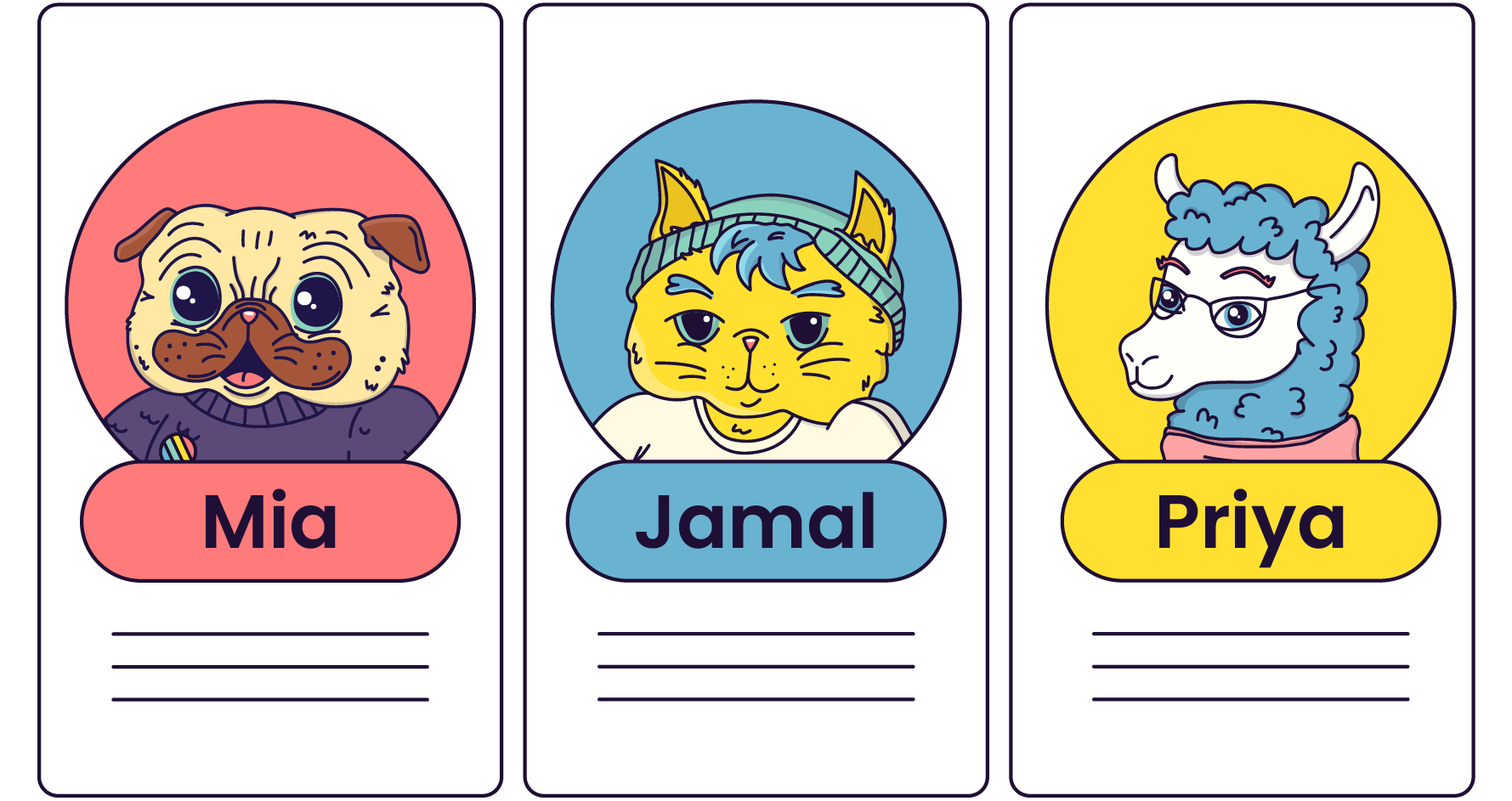
These fictional learners become the roadmap you use to guide your design decisions, from choosing formats and interaction types to tone of voice and accessibility features.

Good question. We don’t want more documents that are fun to look at but useless when it’s time to make real design decisions.
So what makes a persona actually helpful?
It needs to tell you:
A useful persona offers practical insight that helps you shape both the strategy and details of your learning experience. It removes the guesswork to ensure your design choices are grounded in real learner needs and behaviours.
Good personas help you focus. They’re not just cute sketches. They’re design tools.

Before you find a persona template or pick a stock photo, zoom out. The goal isn’t to create a fictional learner; it’s to uncover the real needs, behaviours, and motivations that shape how your audience learns. Here's how to do it well.
Not your vibes. Not your best guess. Actual data.
Start with:
Look for patterns, recurring problems, repeated questions, and common drop-off points.
If you’re short on time or access, try analysing discussion forums, help desk tickets, or learner reviews. Sometimes, your best insights are hidden in plain sight.
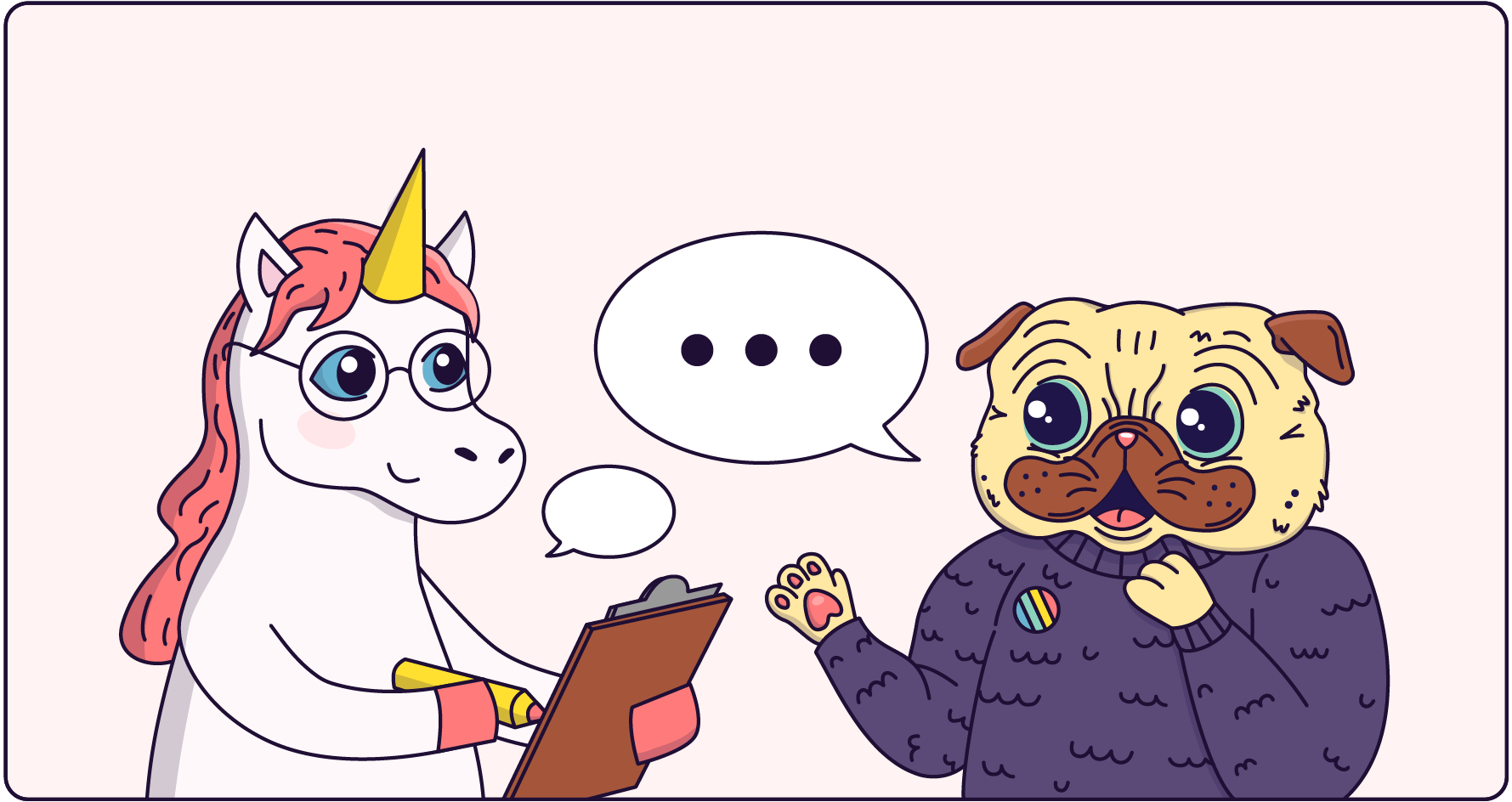
You don’t need a persona for every learner. But you do need to spot meaningful differences, ones that affect how people engage.
Segment your learners by:
You might also think about the environment. Is this person learning at work, on a commute, at home, or in a classroom? These conditions impact everything from attention span to device availability.
Build three to five strong personas that capture distinct perspectives and backgrounds. That’s more useful than 10 that say the same thing.
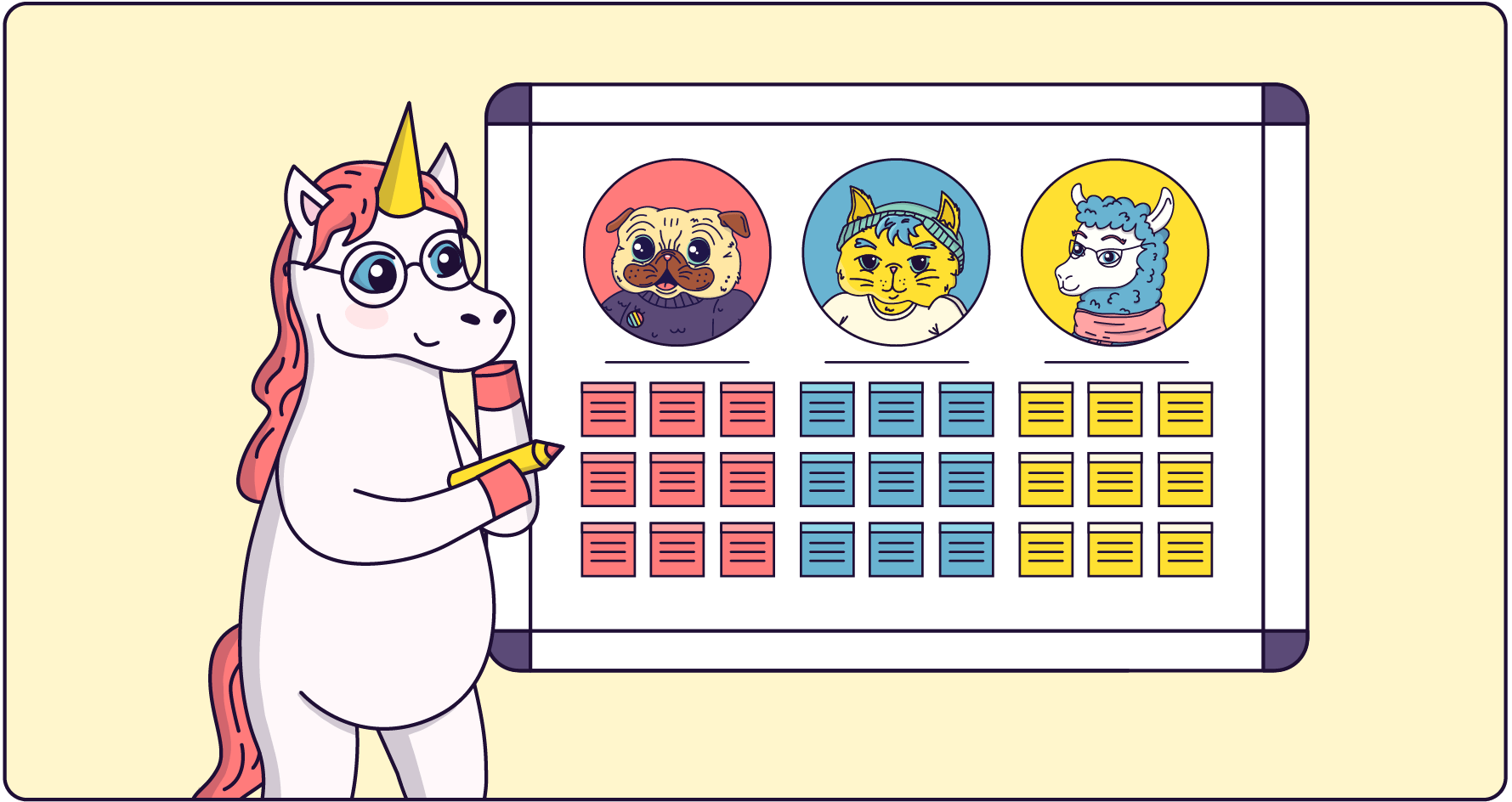
Use any design tool or even pen and paper to build out your personas.
Each one should include:
You can also include common objections they may have (e.g. “I don’t have time for this,” or “This won’t help me at work”) to preempt disengagement in your design.
Bonus points for adding a photo representation. Visuals make it easier to see these personas as real learners and design with empathy.
In our UX Design for Instructional Designers and E-Learning Developers mentorship programme, we include a learner persona template to help you build clear, practical profiles that support design decisions.
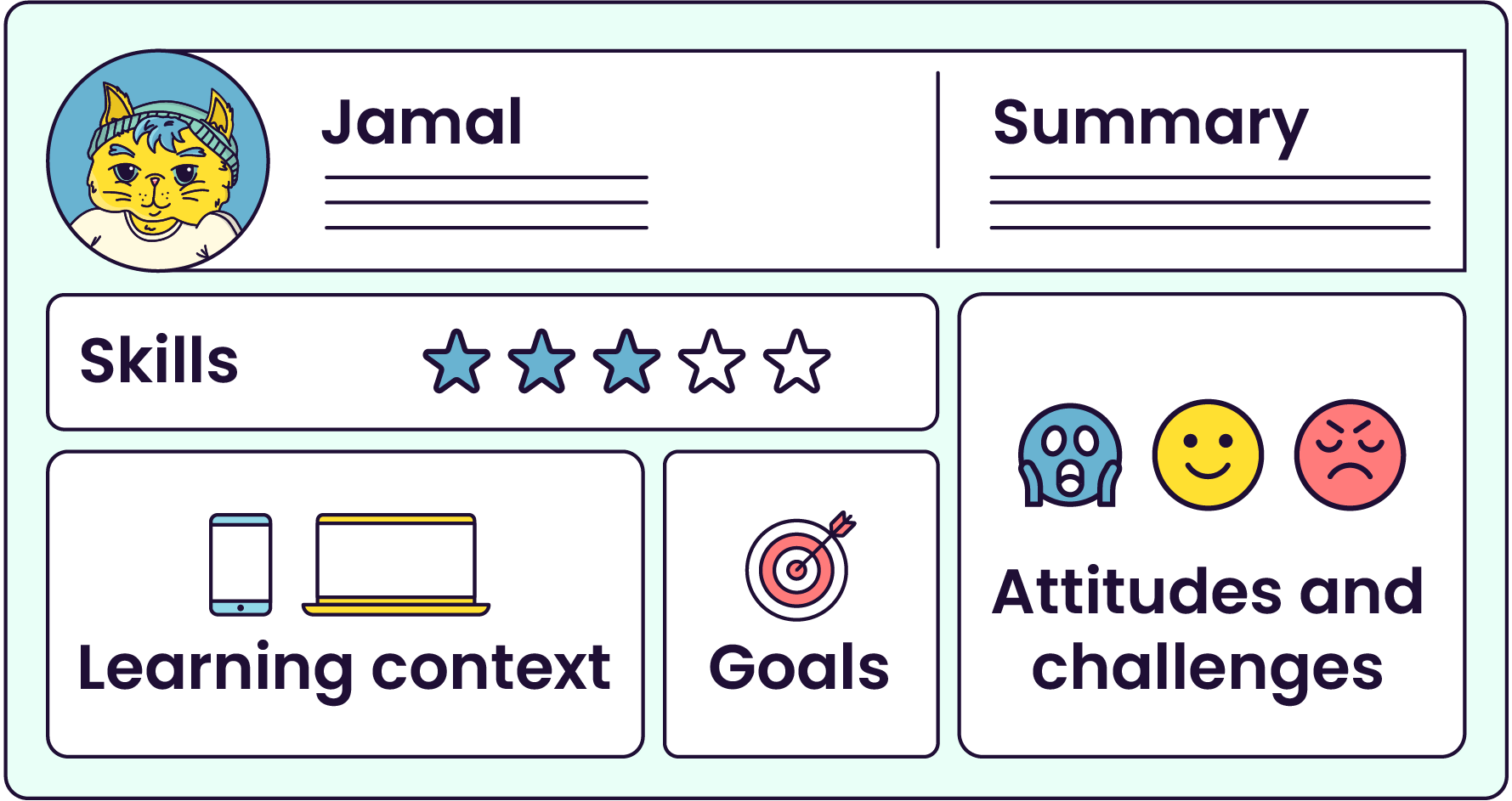

Personas can be powerful, but only when used well. Here are a few traps to avoid:
No research? No value. Personas without real data are just fiction. They may look impressive in a slide deck, but if they're based on assumptions, they won’t help you design better learning. Start with real learner input always.
No one needs to know their favourite pizza topping, how they take their coffee, or where they stand on the great potato debate (mashed, fried, or roasted?). Extraneous detail can make your personas feel vivid, but it clutters the parts that actually matter. Focus on what directly shapes how someone learns.
Personas aren’t a tick-box exercise. They should guide your content strategy, UX design, media choice, writing voice, and build strategy. Keep them handy in your working files, reference them in design meetings, and review them every time you revise your solution. If no one’s looking at them, they’re not working hard enough.
Remember, your personas are only as useful as the decisions they inform. Keep them visible, relevant, and regularly updated.
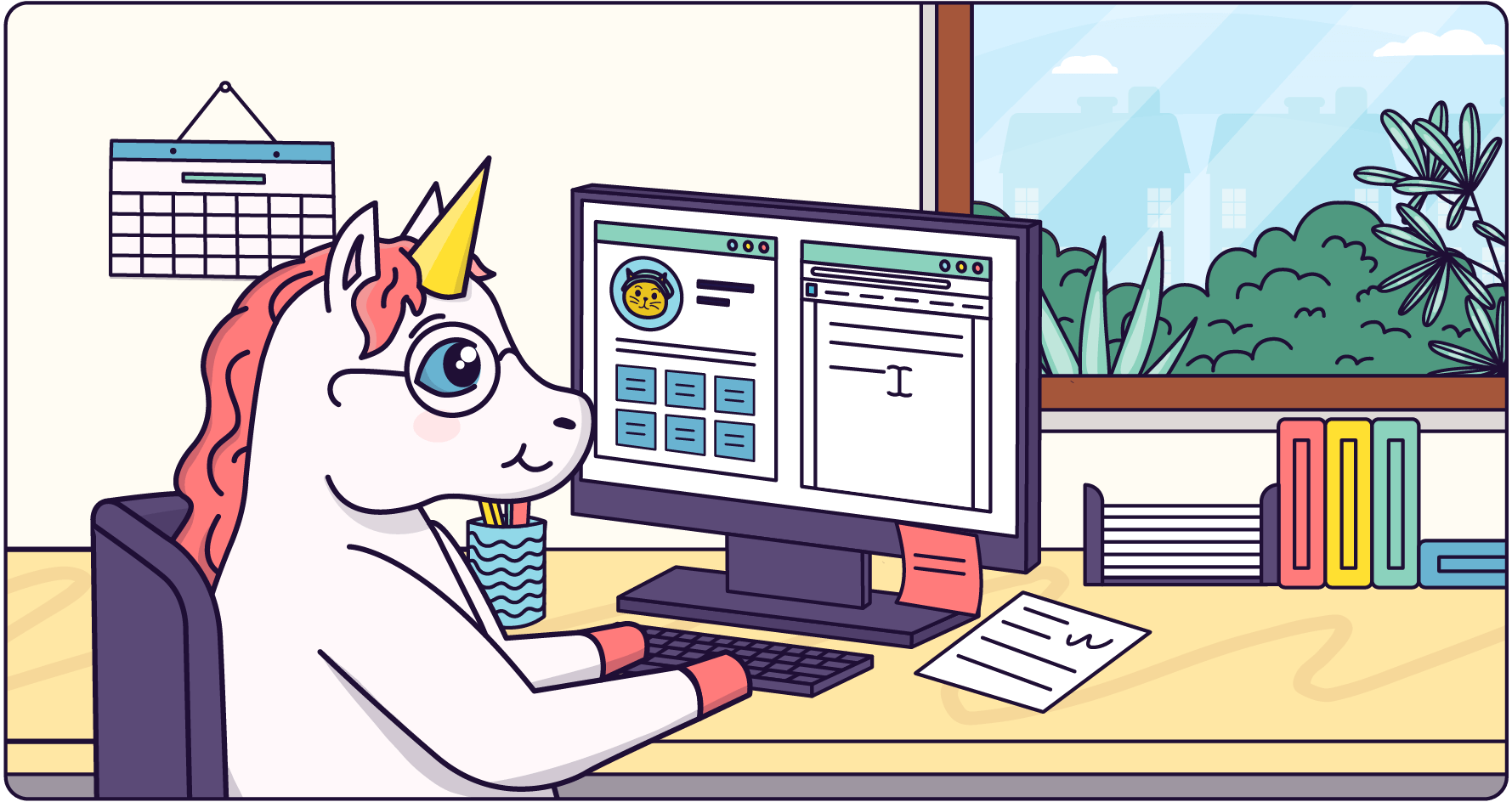

When you use personas properly, the benefits show up everywhere:
They also help streamline team communication. When everyone is designing for “Jamal” or “Mia,” you’re aligned around real needs, not personal preferences.
Creating learner personas isn’t about looking smart in a meeting. It’s about getting serious about who your learners really are and what they really need.
So ditch the vague avatars and dig in. Talk to people. Find the patterns. Build better learning.
And please, no more designing for “everyone.”
Disprz. (2024). Understanding learner personas and archetypes for human-centric learning & development. https://disprz.ai/blog/understanding-learner-personas
Interaction Design Foundation. (2025). Personas – A simple introduction. https://www.interaction-design.org/literature/article/personas-why-and-how-you-should-use-them
Nielsen Norman Group. (n.d.). Personas Make Users Memorable for Product Team Members. https://www.nngroup.com/articles/persona/
